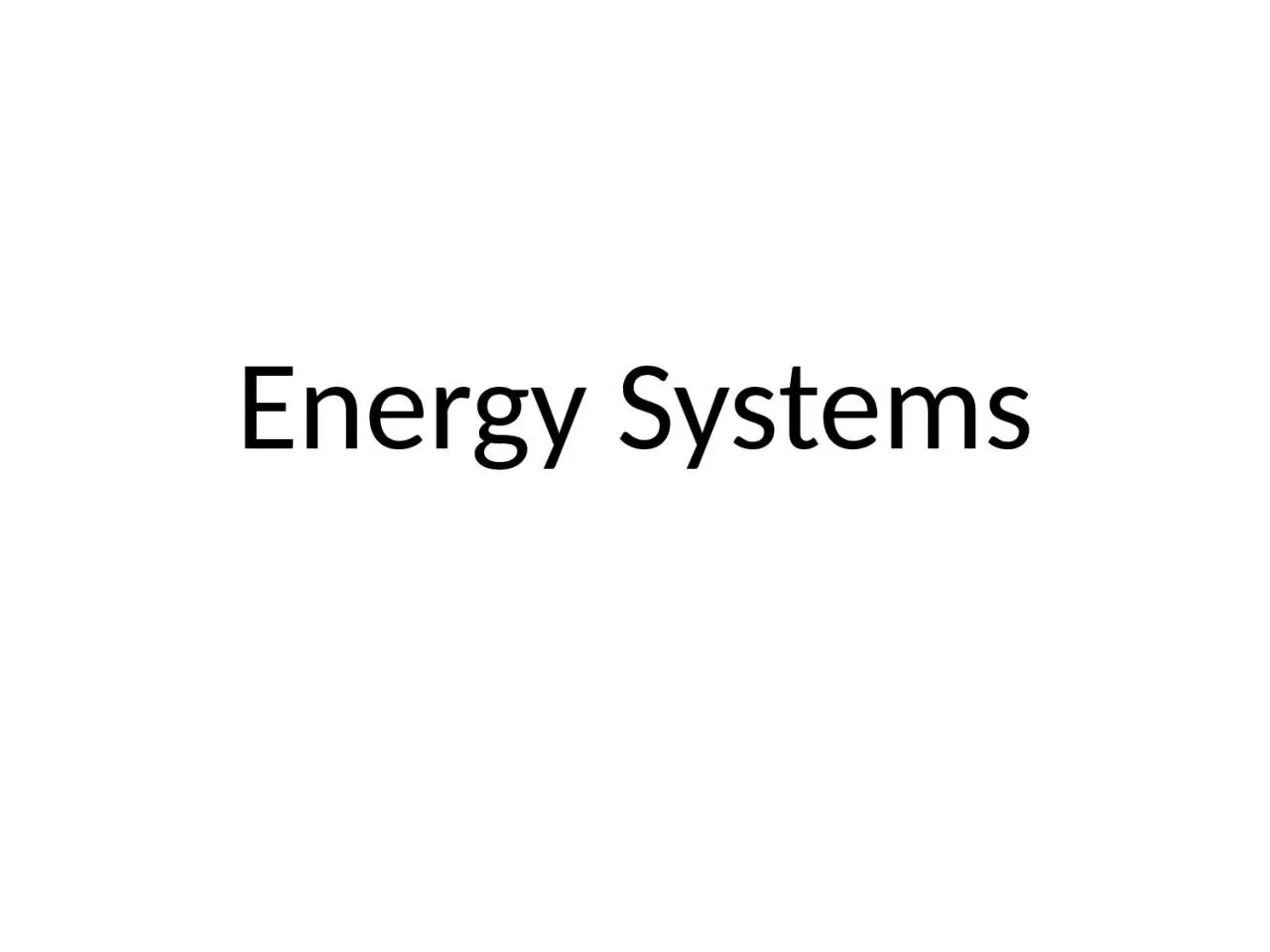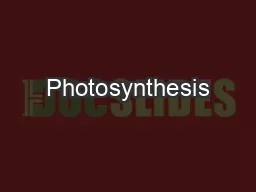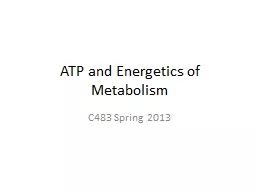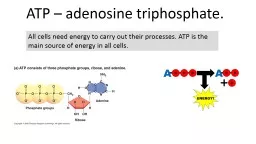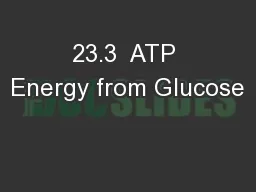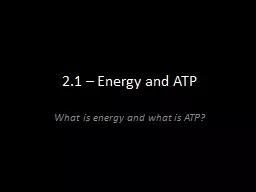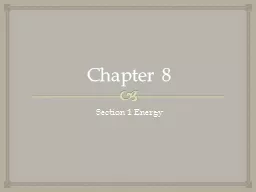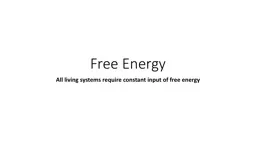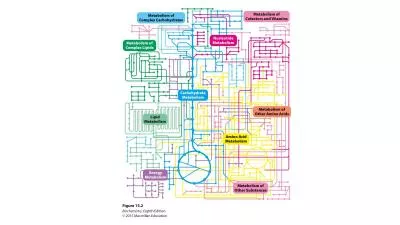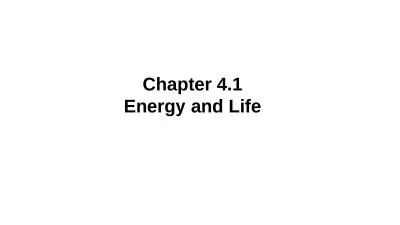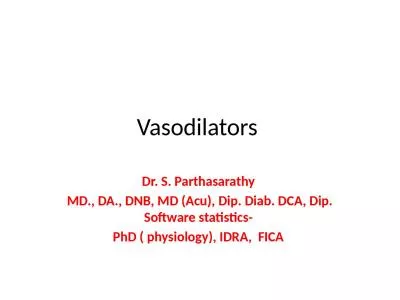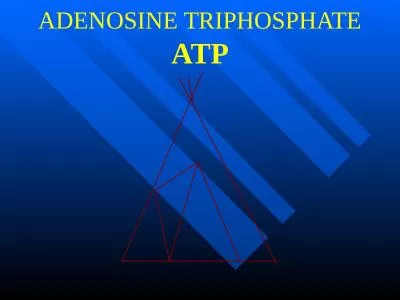PPT-Energy Systems Adenosine Triphosphate (ATP)
Author : ximena | Published Date : 2023-11-07
Our body uses ATP to produce energy The body transforms the food we eat into ATP When ATP is broken down it releases ADP P energy The body can resynthesise
Presentation Embed Code
Download Presentation
Download Presentation The PPT/PDF document "Energy Systems Adenosine Triphosphate (A..." is the property of its rightful owner. Permission is granted to download and print the materials on this website for personal, non-commercial use only, and to display it on your personal computer provided you do not modify the materials and that you retain all copyright notices contained in the materials. By downloading content from our website, you accept the terms of this agreement.
Energy Systems Adenosine Triphosphate (ATP): Transcript
Download Rules Of Document
"Energy Systems Adenosine Triphosphate (ATP)"The content belongs to its owner. You may download and print it for personal use, without modification, and keep all copyright notices. By downloading, you agree to these terms.
Related Documents

